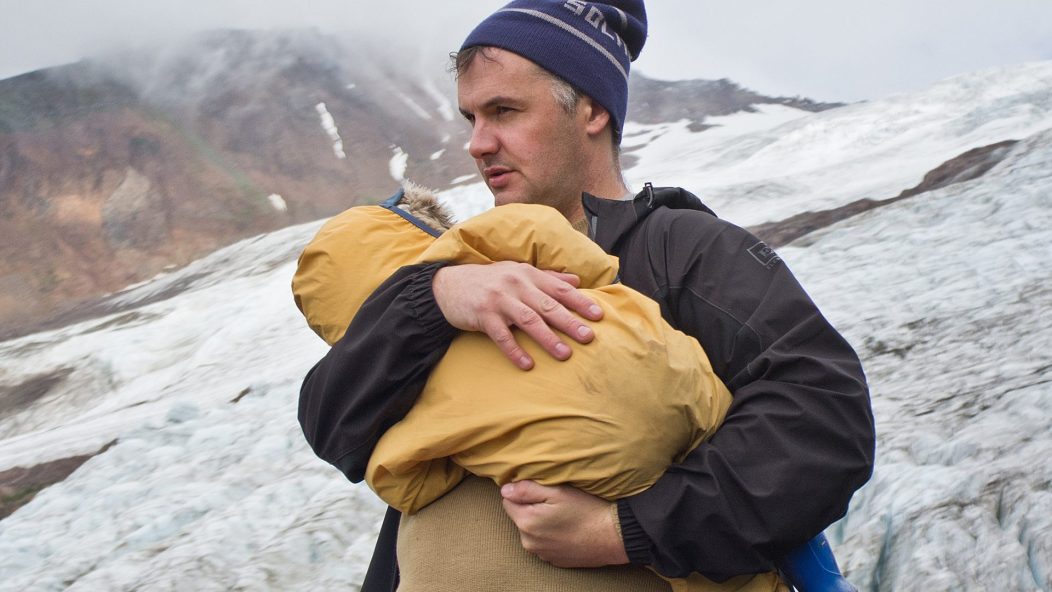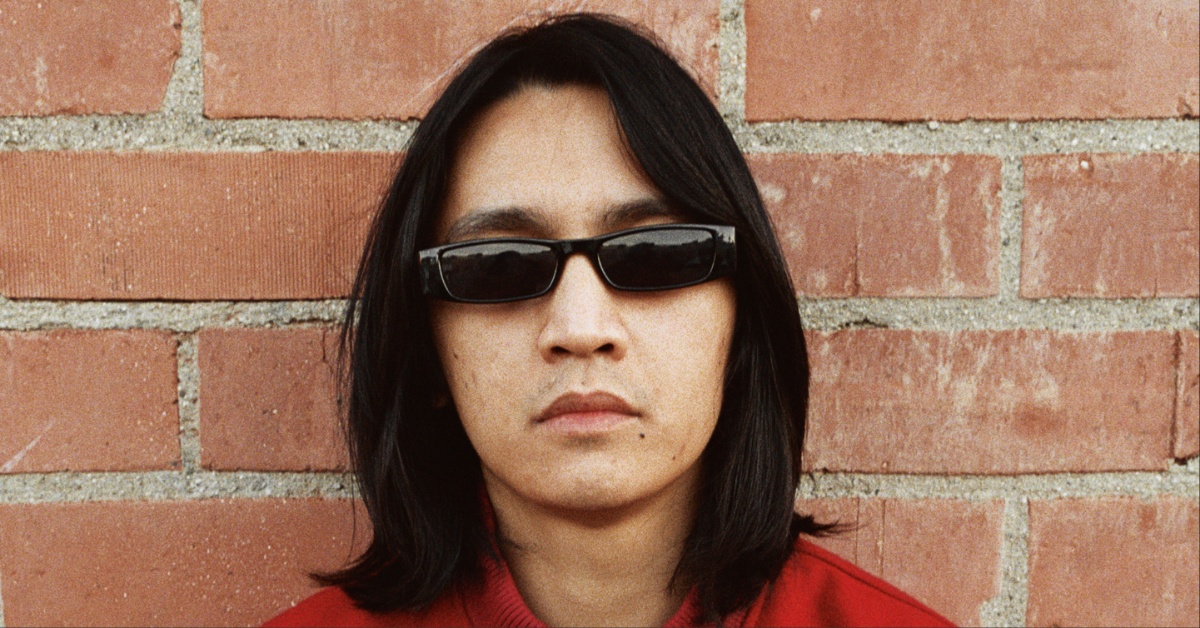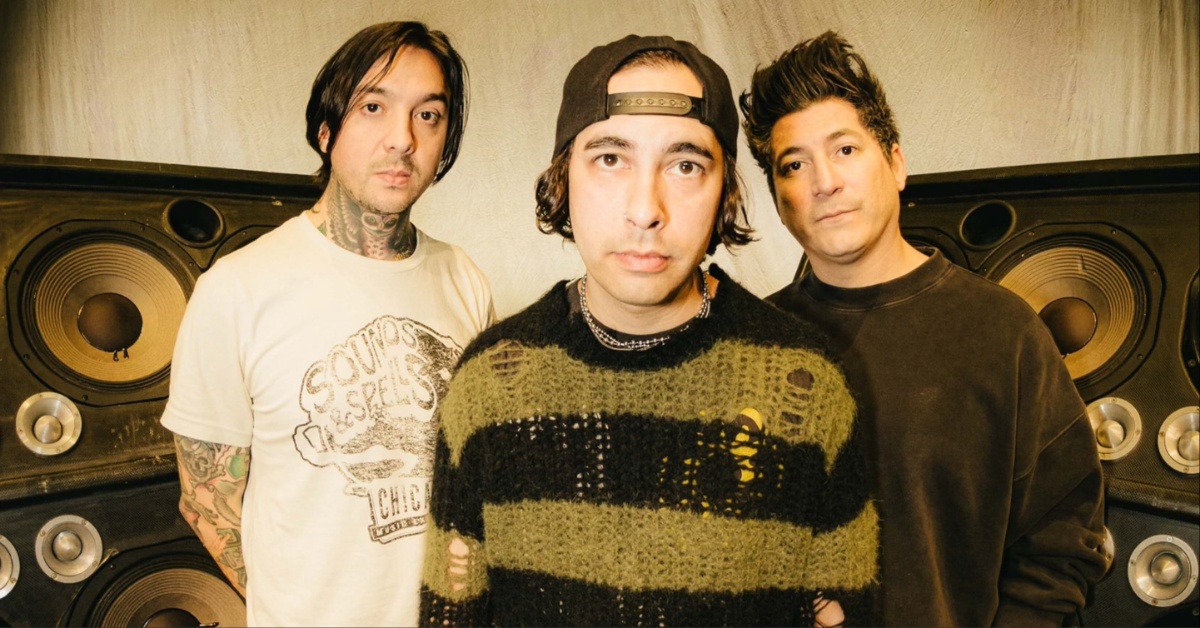
Entry Level: Phil Elverum's Inner Battle With Black Metal

…
Entry Level is a new series where musicians re-examine the records that piqued their interests in heavy and loud music as children and young adults.
…
Like most people, I heard about the whole Norwegian black metal thing before actually hearing any of the music. I lived in Olympia, Washington in the late 1990s and I spent every day working on recording, my own music and my friends, at Dub Narcotic Studio, part of the K record label building. I was immersed in music but probably mostly in a relatively narrow bubble of stuff that my immediate peers were making. There were some loud bands in Olympia at that time, great ones. Behead The Prophet No Lord Shall Live, KARP, C Average, Thrones, Enemymine, Hoodwinks, more. But it was all through the progressive Pacific Northwest lens of artistic creation and inclusiveness, even if it was all black and evil seeming. There was very little about it that was image-focused, mythological, or superficial. It was about music and community. Around 1998 or 1999, I was at work in the studio producing an album for K by Jason Traeger. He brought in the Lords of Chaos book, the tabloid-y exposé about the Norwegian stuff. I’d heard stories about it but this recording session, where I was primarily a monkey pressing record, stop, rewind, record for days on end, this was my opportunity to read the book, with one hand on the tape controller and one hand keeping the book open. Between takes Jason and I would laugh about details in it. I remember the picture of “It, the evil dwarf of Abruptum.”
This music scene seemed like such an exaggeration of anything I could relate to. It seemed so clearly just some unhappy teenagers in rich countries with conservative ideas going overboard with their normal teenage rebellion. I was a punk too, but in this feminist West Coast health food world. And plus, nobody wore costumes or thought too hard about the lore around their band, the promo photos, etc. These Norwegian teens seemed so intent on seeming the “evil-est.” But instead of seeming just funny and extreme, it was deadly. The actual crimes in that book shifted the whole thing and made it actually, truly dangerous. Suddenly, these bands, whose music I still hadn’t ever heard, only seeing the black and white photos in the book, pre-Internet era, seemed like they must make some truly destructive and insane sounding music. Something so extreme I couldn’t even imagine it.
I had been really interested in extreme music, but I guess not interested enough to do much research or exploration of the work of others. I’d heard the extremely quiet and sparse guitar playing of Loren “MazzaCane” Connors, and I’d heard the extremely long and minimal and loud music of Earth, and for extreme density my touchstone would have been My Bloody Valentine, I guess. Other than that, my curiosity took the form of studio exploration. I recorded 16 different takes of drums layered on top of each other, then bounced the tracks and continued to layer, trying to see the edges of maximal sound. I spend all of my time working towards discovering something new and more, something huger. I heard Popol Vuh’s song “Wewe Khorazin” from the Fitzcarraldo soundtrack and maybe that was the “biggest” thing I’d ever heard.
I remember seeing a Burzum record in a record store in Vancouver around that time. It felt like finding a snuff film at the video store, like it was illicit material. Something legitimately dangerous. I didn’t even touch it.
When I eventually heard Burzum for the first time, some years later probably, I was so surprised and underwhelmed. The thin shrieks and shitty songs did not match the mystique and extremity of the imagery and stories. But what could?
I was still curious about this realm though, metal or whatever, and kept buying records. A conceptual art friend of mine was briefly into Sunn O))) (there’s some easy crossover with them and art school students) and I got really into their records and shows. In fact, they might be my favorite band. This was finally something truly extreme, something to match the idea I had in my head when reading about the teen criminals burning churches.
But it was when I heard Subliminal Genocide by Xasthur that I felt like “ah, finally.” The immediate blast of 0 to 100% was so satisfying. The scream sounded legitimately like a throat being torn open over and over, but also beautifully like howling wind. The density of the music, the full spectrum, it was balanced perfectly and there was no room for any other sound or thought. It felt like total immersion in the sound, similar to the pleasantly oppressive feeling of watching Sunn O))) play.
…
…
In a lot of ways, the defining aspect of this music for most people, its “evil”ness or whatever, is not something I think about at all. It seems so clearly a joke or a performance. Even with the early Europeans who killed each other, I don’t see them as evil but just confused and carried away. The black is just a costume. It’s Halloween. It’s cool, I love Halloween. But also honesty is important to me, and there’s something embarrassing and facetious about that performative darkness, living in it too much.
And then in 2016 when my wife died of cancer, my perspective on this all shifted a little. It no longer seemed okay or fun to play around with ideas of death and sorrow. These are legitimate and serious things that shouldn’t be juggled around by young people who don’t actually have any experience with them.
…
…
BUT: A week after she died, I organized a memorial for her in the old former church where I have a studio space. We cleared out the big room and cleaned the floor. People came from all over. We set up the PA, with the big subwoofer and everything. I set up some of the things from her drawing desk, a little diorama of her existence. There were flowers. Before anyone came into the building, as they milled around outside, I blasted the song “Prison Of Mirrors” by Xasthur as loud as it could go, deafening in the room as I stood in the middle of it with my eyes closed and head tilted back. Shredded screaming, extreme sorrow. Then the room felt ready. It felt like “ah, yes, this is the use of this music. This is the moment, once in a lifetime hopefully, or maybe never in a lifetime for people who are fortunate enough to avoid experiencing devastation like this, this is the moment where music this extreme can tear through the veil of the difficult present moment and reveal something beyond.”
…
…
Phil Elverum’s works as The Microphones and Mount Eerie have received near-universal acclaim, peaking with last year’s devastating A Crow Looked at Me. Weaving tender, folk-influenced music with drone, black metal atmospheres, and an adventurous ear for recording approaches, Mount Eerie’s body of work embodies the furthest ends of extremity.
…











